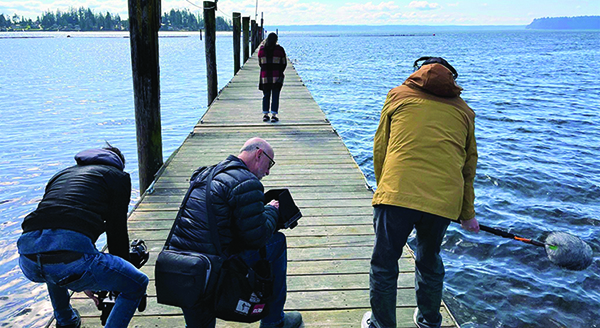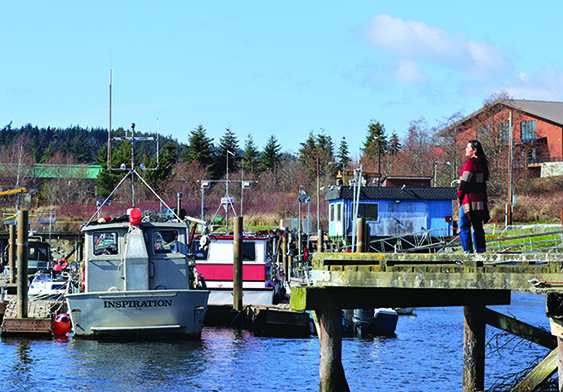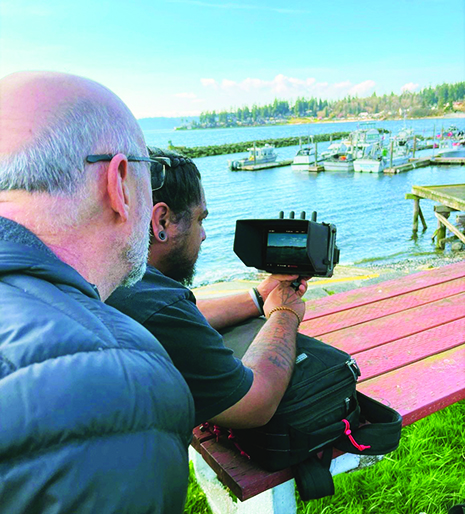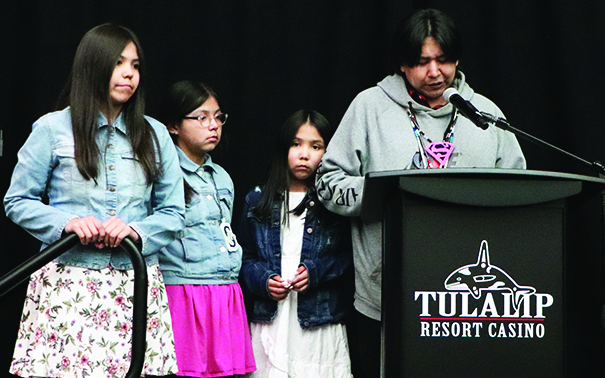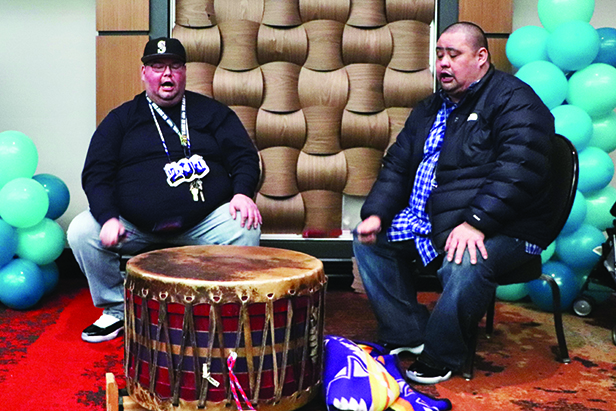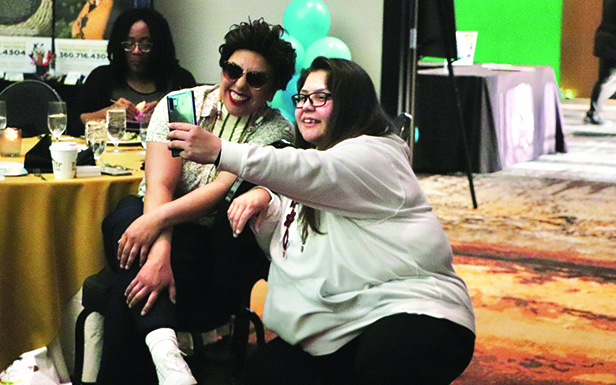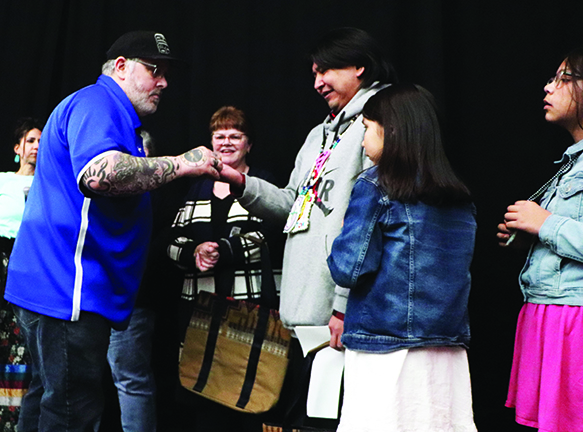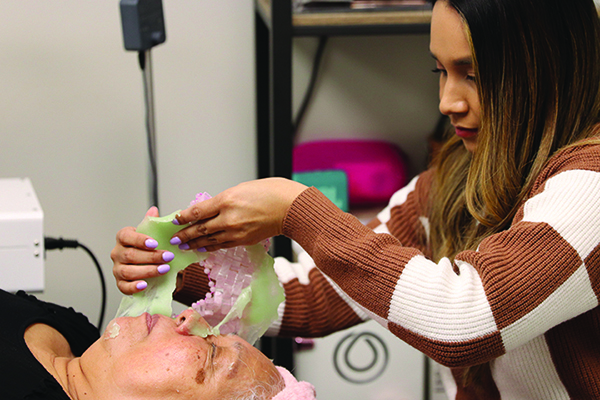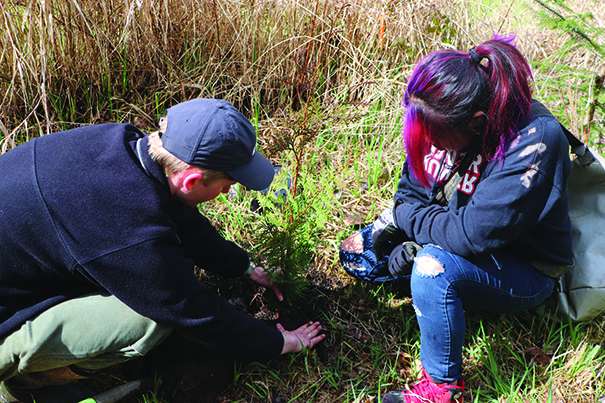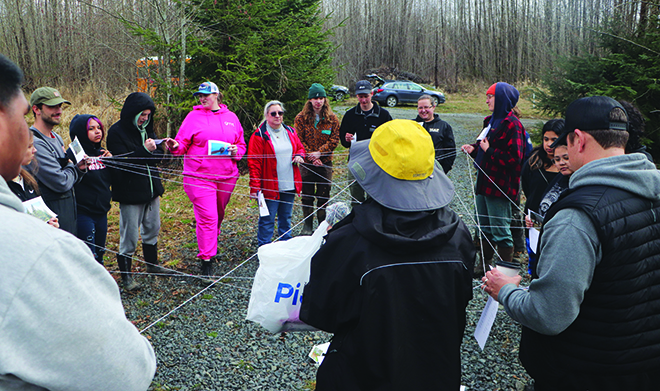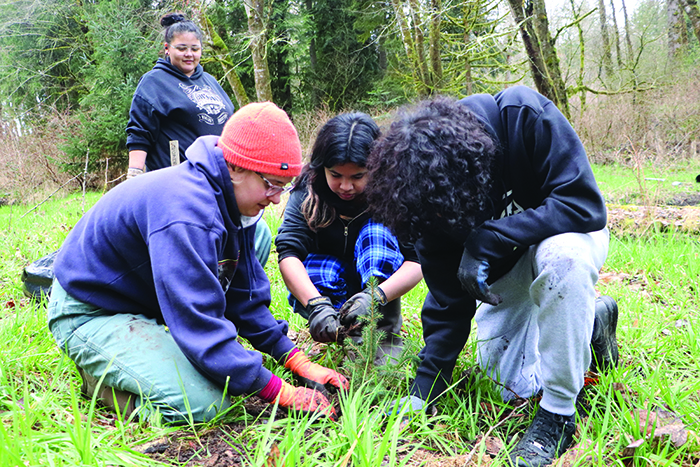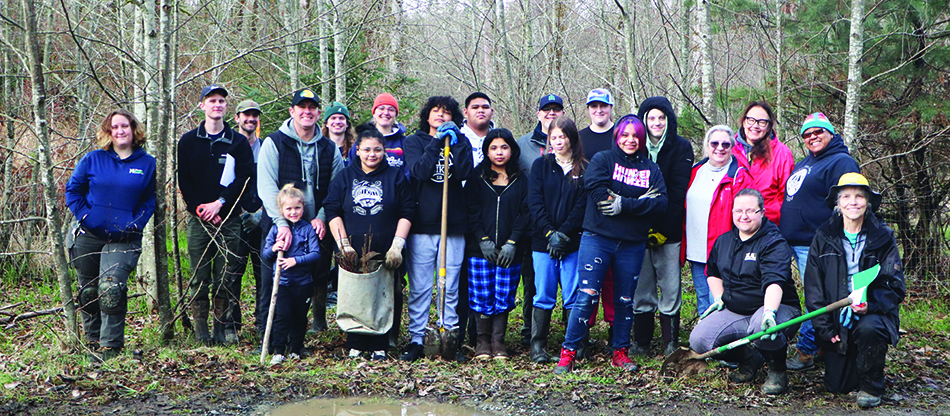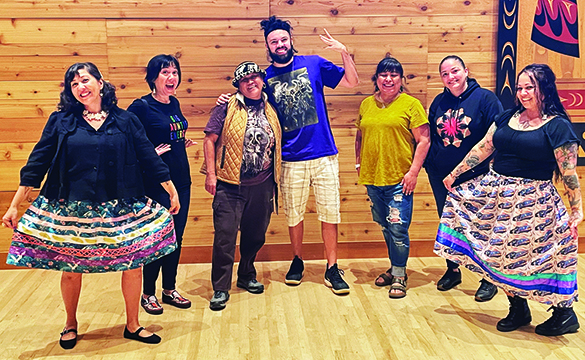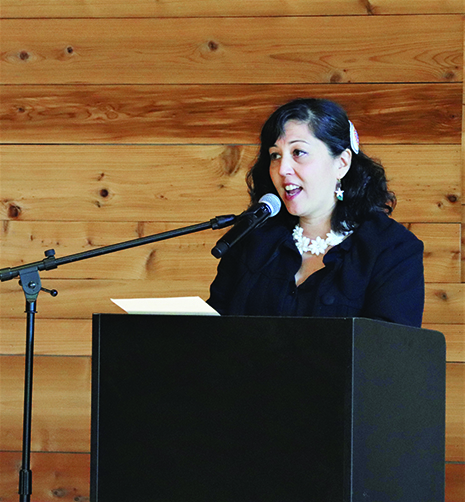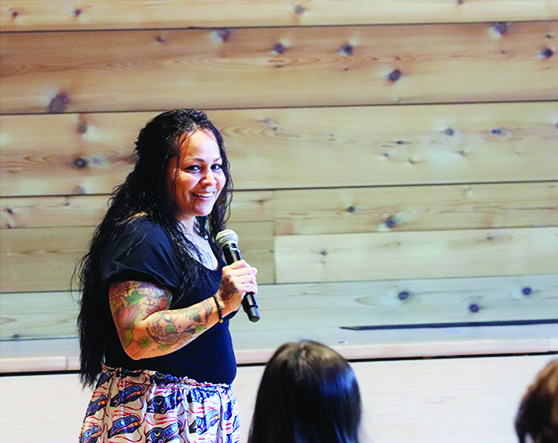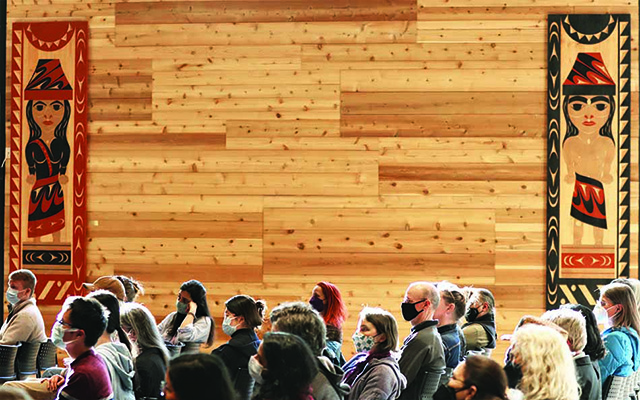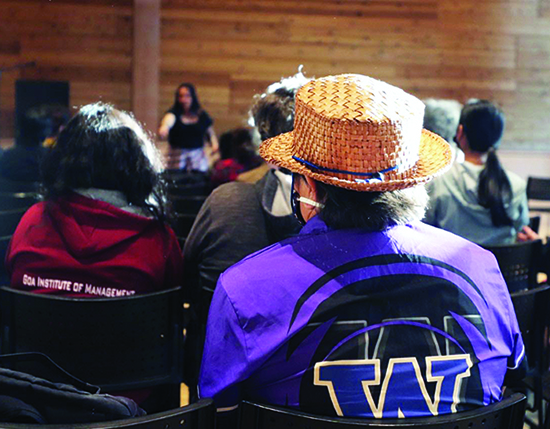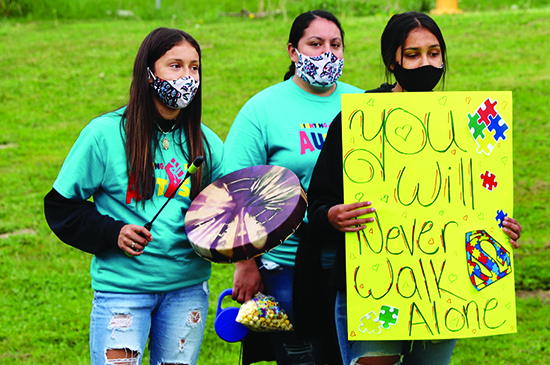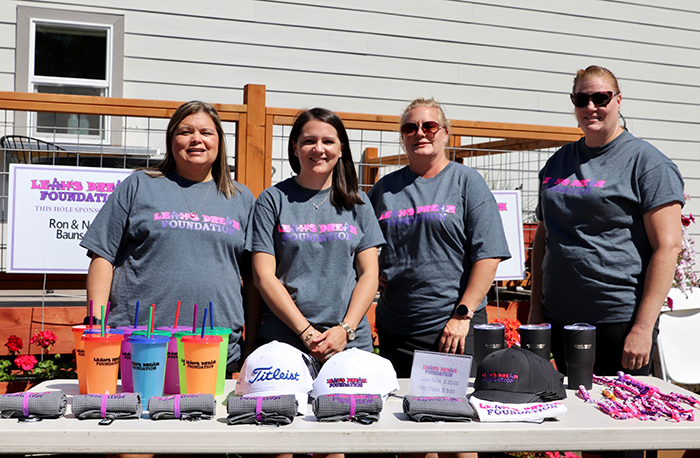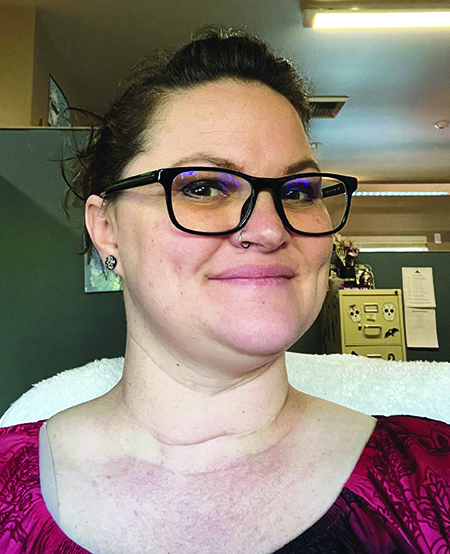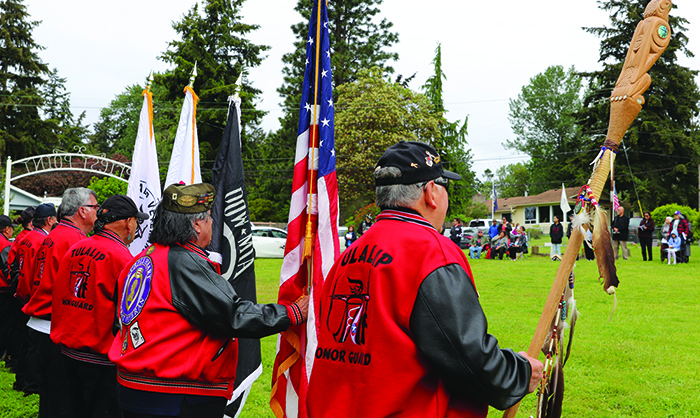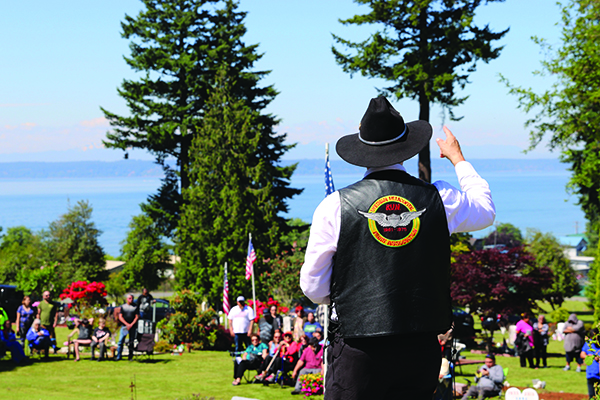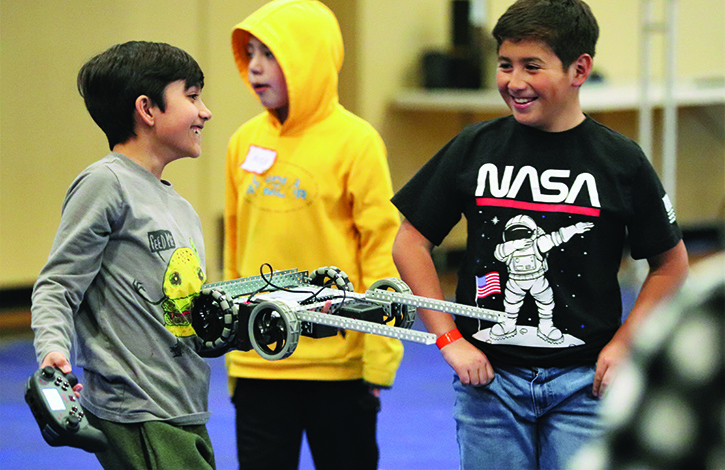
By Micheal Rios, Tulalip News
Presented by tech giant Google, a first-of-its-kind robotics camp took place over the weekend of April 1st at the Tulalip Youth Center. Nearly 100 eager youth participated in the free, two-day event that kicked off their Spring Break with a unique hands-on opportunity to dive into the robotics realm.
Designed for all students between 5th – 12th grade, regardless of previous robotics experience, the camp coordinators strived to build bridges of imagination between the Rez-bound Native participants and possible future careers in the computer science and engineering fields. Of course, that was simply a side to the main course of the kids designing and building an actual robot.
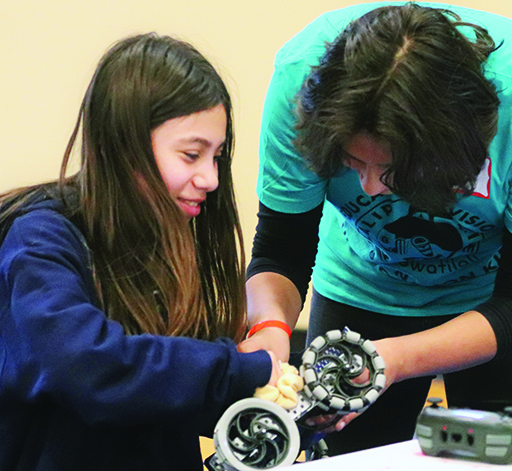
“I’m so thrilled to see all these kids show up because it proves to Google just how much our children need this type of STEM engagement,” explained Google test engineer Suzanne DePoe (confederated tribes of Siletz). “Our kids are so bright and aren’t given enough recognition for the knowledge that they have. I tell people all the time that when it comes to our Native American kids all you have to do is capture their imagination. Because once you do, they’ll dazzle you with what they’re capable of creating.
“That’s why it’s so important for us to get our kids outside of their comfort zones,” she added. “Only then can they experience new things, gain new perspectives and see things they’ve never seen before so that they can then dream of bigger and bolder future for both themselves and their Tribes.”
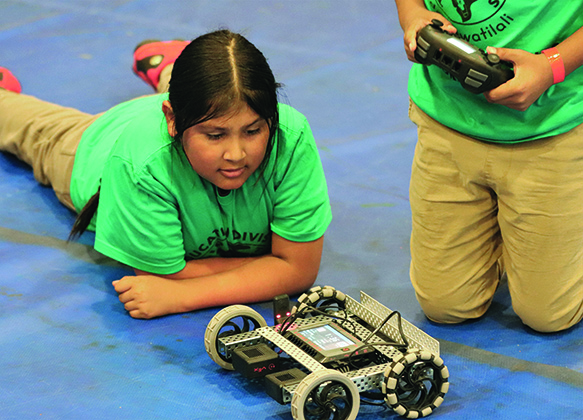
Suzanne is a member of Google’s Aboriginal and Indigenous Network that is dedicated to product inclusion, social responsibility initiatives, and internal efforts related to hiring and retention. She was instrumental in coordinating the robotics camp, along with Tulalip education director Jessica Bustad and youth enrichment supervisor Sarah Murphy.
An opportunity to build robots and use them in a series of driving and programming skills challenges is what motivated the kids to be ready to go by 9:00 am on a Saturday and Sunday. Everything they engaged in was more than simply robotics, it was learning the basic essentials of computer science, which is all about promoting creativity and innovation.
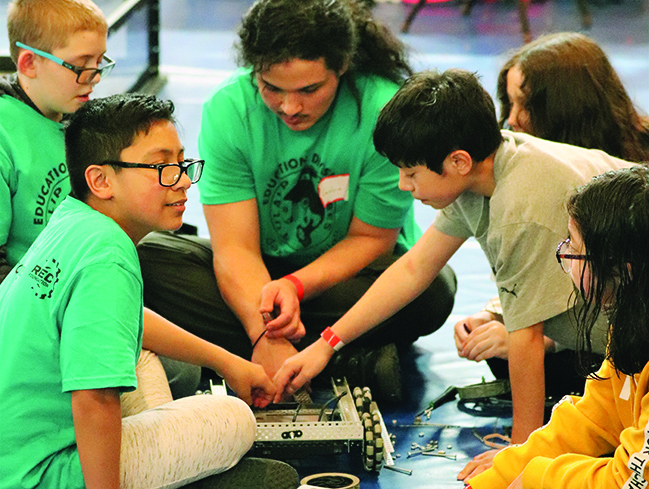
“I was really excited for this robotics camp because I’ve really developed an interest for building stuff, meeting new people, and bonding with others who have common interests,” said 16-year-old youth council member Faith Valencia. “I had never built anything close to this before nor anything remote-controlled, so this was an all-new experience that challenged me in the best kind of way. It was very difficult at first, especially the programming and coding, but with the help of my team we figured it out. Even if not everyone wants to be an engineer or work in computer sciences, being able to work with and troubleshoot new technologies is a basic life skill worth developing.”
Computer science allows students to use their imaginations and develop new ideas and solutions. They can then use this knowledge in the future to one day create their own apps, design websites that build upon their tribal infrastructure, or develop new software programs or functional hardware to take their own business to the next level one day.
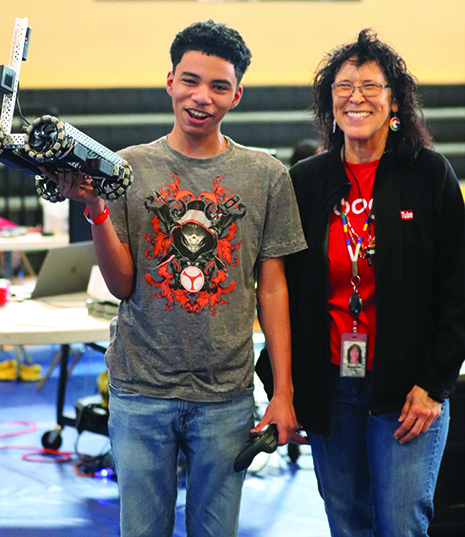
Teaching computer science to our already tech-savvy youngsters also helps to promote diversity and inclusivity in the ever-growing technology industry. The tech industry has historically been dominated by white men, but by teaching computer science to a diverse group of students like Tulalip’s youth, tech companies like Google partnering with tribal education departments can help break down barriers to access and opportunity.
Promoting diversity in the computer science fields, which was witnessed at length at the two-day camp that resulted in Tulalip boys and girls lighting up with pure excitement and joy through various stages of robot building, is necessary to ensure future technologies are inclusive and accessible to everyone.
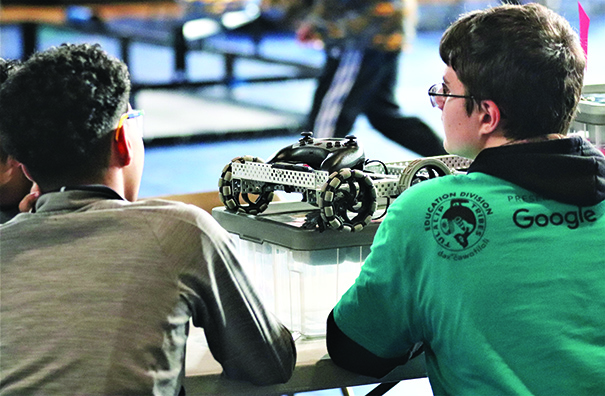
There are still many communities and families who lack access to technology and computer science education. By providing students with the opportunity to learn computer science, sovereign tribal nations can help to level the playing field and provide its people with the tools they need to succeed in the digital age. The importance of this sentiment was expressed by mother Dawn DePoe-Ike who journeyed all the way from Yakama in order for her twin sons, Nolan and Nathan, to participate in the bot building extravaganza.
“It’s important for my sons to be exposed to everything the science technology era has to offer, especially hands-on learning activities, so they can know these things exist as an option for their future,” shared Dawn. She is a teacher at Yakama tribal school and prioritizes her children understanding the larger context of thriving in the modern world.
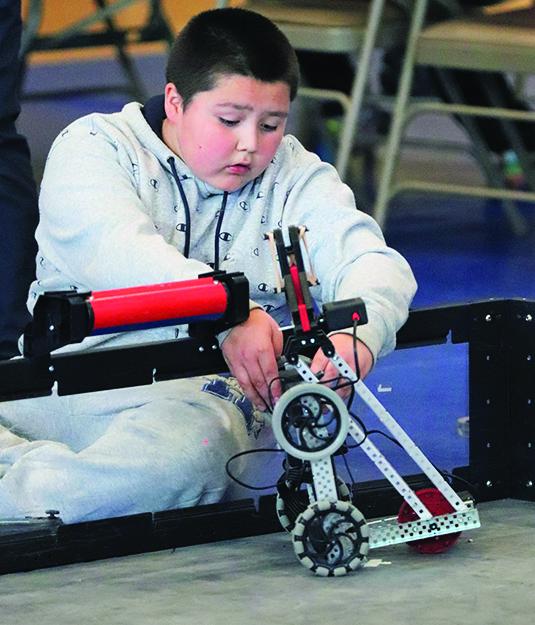
Dawn continued, “When I look out at this camp and see my two boys along with all the other Native children building, programming, and working together, I can’t help but think of everything our ancestors went through. From surviving the Sand Creek Massacre to surviving the Carlisle Indian Industrial School then the Chemawa Boarding School, plus all the things drugs and alcohol brought, it’s just awe-inspiring to see that our young ones aren’t just surviving, instead they are beginning to thrive.”
